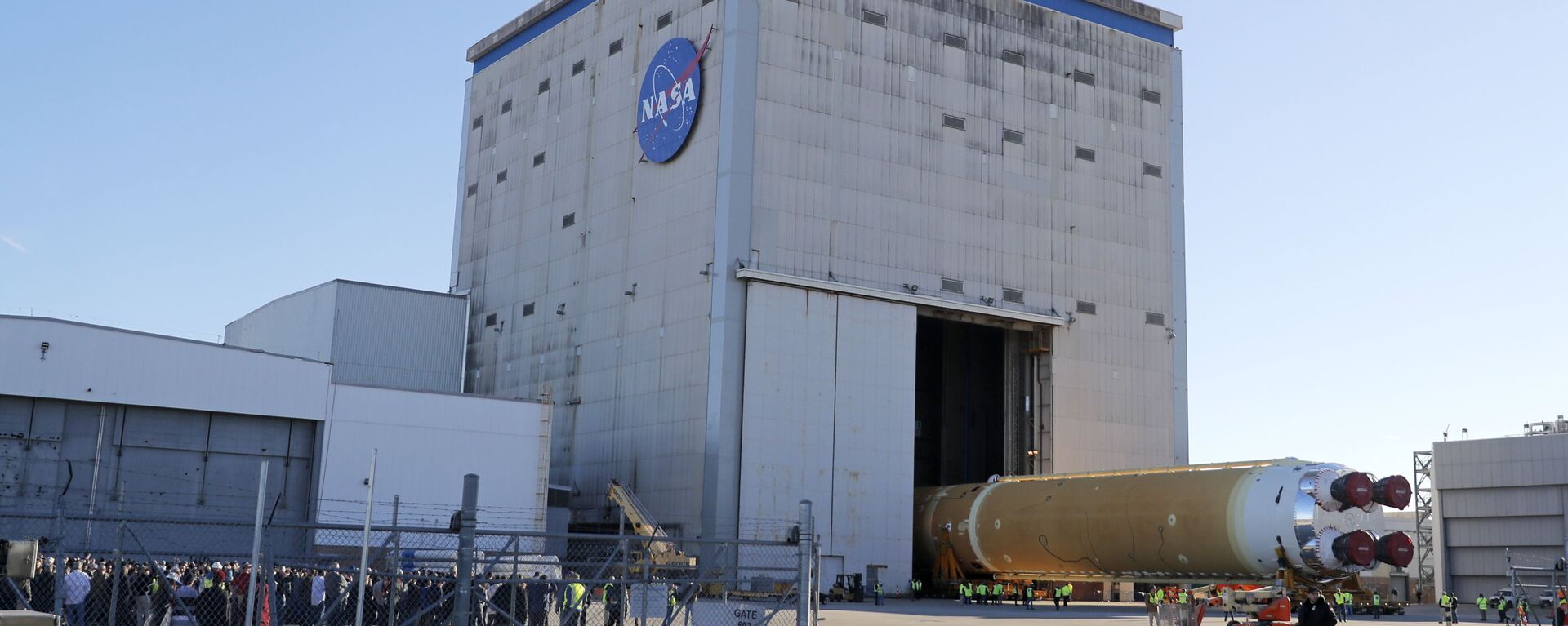NASA announced on Friday that it will shut down its $2 billion On-Orbit Servicing, Assembly, and Manufacturing 1 (OSAM-1) program after a year-long “in-depth, independent review.”
The OSAM-1 program was started in 2015 at NASA’s Goddard Space Flight Center in Maryland in collaboration with contractor Maxar, who was largely blamed by NASA for the skyrocketing costs and missed deadlines.
In October, the NASA Inspector General Report placed the blame for the costs and delays on “poor contractor performance and continued technical challenges.”
“NASA and Maxar officials acknowledged that Maxar underestimated the scope and complexity of the work, lacked full understanding of NASA technical requirements, and were deficient in necessary expertise,” the Inspector General’s report reads.
The report added that it lacked ways to incentivize Maxar to increase its performance because the project stopped being profitable for the company, “In our discussions with Maxar officials, they acknowledged that they were no longer profiting from their work on OSAM-1.”
The report noted that the program would have exceeded its $2 billion price tag and missed its December 2026 launch date. The program was focused on resupplying the Landsat 7 Orbiter, which launched in 1999, with the eventual goal of using methods and technologies developed to help other “satellite operators new ways to manage their aging fleets.”
It also would have used the Space Infrastructure Dexterous Robot (SPIDER) to assemble components in space, including a communications antenna and a 32-foot carbon composite beam, though that second function was already cut from the project. Delayed development on the SPIDER was cited as a major factor in the project falling behind schedule. It was originally hoped that the project would launch in 2020.
Funding was not an issue for the program, the US Congress regularly provided more funding for the program than was requested. More than $1.48 billion was allocated to the project between 2016 and 2023 and NASA’s request for 2024 was included in both the House and Senate versions of the pending spending bills.
The project was originally estimated to cost between $626 million and $753 million.


